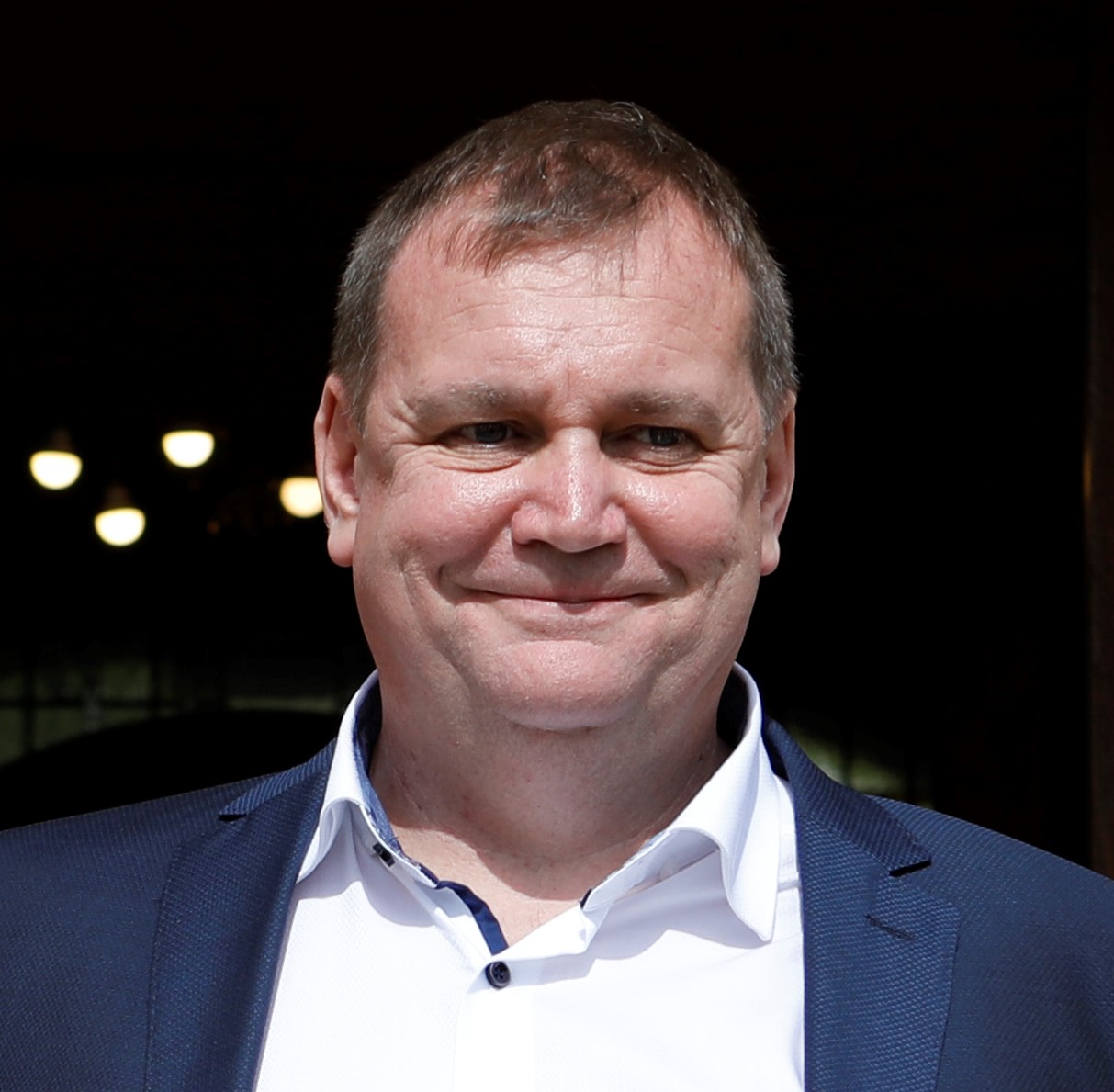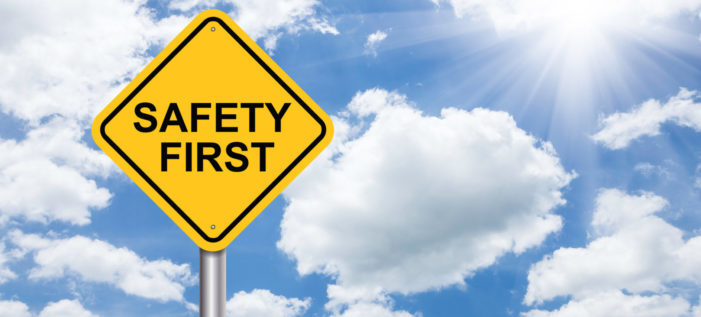Saul Trewern, Founder and Director, Oceanspace Communications, explains why we should start talking about safetynomics in the maritime industry.
We’ve all watched those videos of ships battling towering waves and gale force winds from the comfort of our own offices or sofas. I couldn’t imagine what it would be like to be on board in such insane conditions, yet millions of seafarers take it in their stride, ensuring that as consumers, we get to consume.
These are the people that through thick and thin, literally, deliver the goods. But they aren’t always treated how they should be. Just take the 200,000 seafarers serving extended crew contracts still awaiting repatriation in July as an example. Or the armed guard who hijacked the bulk carrier he was supposed to be protecting because he hadn’t been paid in months (of course, I am not condoning such behaviour).
The struggles faced and the unwavering response to getting the job done amidst the Covid-19 pandemic cements my thinking that seafarers really are the MVPs. Most of us I’m sure, already have a huge amount of respect for those at the sharp end of shipping and marine operations. When it comes to investing in the technology, equipment or services that improve safety at sea though, are seafarers really getting the respect they deserve?
By helping our companies or clients to convince buyers that technology, equipment and services are a true benefit to the safety of seafarers we, as maritime communications folk, play a small role in looking after the MVPs. The challenge we face is that most crews aren’t making the buying decisions, so it’s important to wrap your safety messaging accordingly.
Safetynomics
A great example of looping cost into crew safety was the launch of a new telemedicine product I worked on with a client a few years back. The solution provided everything needed for medical readings, videoconferencing by satellite, and secure data transfer, so that non-medical crew on board could receive direct, real-time advice from doctors and medical staff onshore.
The system will save lives and help sick or injured passengers and crew at sea, which is a win in its own right, but I believe that it was the safetynomics implemented by the client that sealed the deal for many early adopters.
They referenced a paper that told us the average cost of a vessel re-routing due to an emergency is approx. $180k (€163k). Their telemedicine solution was provided on a turnkey subscription basis with a simple conclusion; should it help to avoid a single interruption to a planned voyage, it will have paid for itself already.
That’s something that the top brass can get behind. But when I see crew safety added as a selling point to products not primarily designed for safety, like cloud services, hull coatings or batteries, the messaging isn’t always as clear.
Optimising vessel and fleet operations has a positive effect on safety undoubtedly, but just saying so won’t always seal the deal. To do that, my advice is to bring out the safetynomics and help purchasers understand exactly how the safety aspects of your offering saves both lives, and money.
My point is, don’t just add safety for safety’s sake because that’s the way it’s always been done. You’ll dilute your message unless of course you can apply a side-helping of safetynomics.
The views presented hereabove are only those of the author and not necessarily those of SAFETY4SEA and are for information sharing and discussion purposes only.
 Saul Trewern is the owner of Oceanspace Communications (www.theoceanspace.com), a maritime-industry focused PR and Marketing company from the UK. Working in the area since 2002, Saul has been involved in the launch and marketing of countless new technology and safety innovations. He has supported clients and the industry with making decisions related to everything from the mandatory use of AIS and ECDIS to leveraging the power of big data and autonomous ships.
Saul Trewern is the owner of Oceanspace Communications (www.theoceanspace.com), a maritime-industry focused PR and Marketing company from the UK. Working in the area since 2002, Saul has been involved in the launch and marketing of countless new technology and safety innovations. He has supported clients and the industry with making decisions related to everything from the mandatory use of AIS and ECDIS to leveraging the power of big data and autonomous ships.





























































